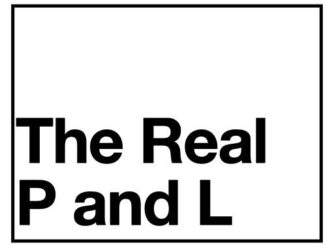Ignaz Semmelweis was a Hungarian doctor working at the Vienna General Hospital in the 1840s. There were two maternity wards at his hospital. One that was run by students / doctors and the other by midwives. He noticed a lower infection and death rate for mothers in the ward that was run by midwives.
He developed a theory that ‘cadaverous particles’ were in the hands of doctors from the autopsies they performed. The midwives did not perform autopsies so they did not have the exposure. He started to require doctors to wash their hands with chlorine resulting in a decrease in the death rate from 17% to 3%.
Despite these stats, not everyone believed washing hands could decrease the rate of death. Some doctors took offense for being blamed for the deaths. There was an outstanding theory that the deaths could have been attributed to the water.
It’s interesting to think there was a time that washing hands wasn’t a social norm. Today, everyone recognizes the importance and it’s intuitive that it reduces the spread of germs. So how did it become commonplace? Remember, there was pushback from people from adopting the behavior.
Impact
Handwashing and general hygiene, specifically in hospitals, are on the shortlist for most underappreciated discoveries. There is no direct calculation on the number of lives saved because of handwashing, but we do know the death rate dropped ~15% in Semmelweis’ maternity ward.
There needs to be real societal value for something to catch. Saving lives is one of the top priorities for many and is one of the most popular career paths. People spend their lives researching, improving, and administering health care.
Accessibility
Most people have the ability to wash their hands. It’s taught to kids as one of the first skills they learn. There is a very low barrier to entry for people to wash their hands. We’ve gotten to a point where we can wash our hands whenever and wherever we are with a small bottle of hand sanitizer.
Ease of Comprehension
We don’t need to jump through too many mental hoops to understand the purpose of handwashing. We all have a basic understanding that germs make us sick and we would want to get them off our hands. We aren’t attempting to understand the germs on a microscopic level, but we understand the cause and effect relationship they have with being sick.
In order for something to stick, it needs to have a large impact in addition to being easily accessible and easy to comprehend. If a technology or social norm is able to satisfy these three criteria, there is a good chance it is here to stay.
Let’s look at other technologies like the smartphone, GPS, or social media. All of these things can check these boxes. On top of that, if they were graded on a scale they would also score extremely well.
